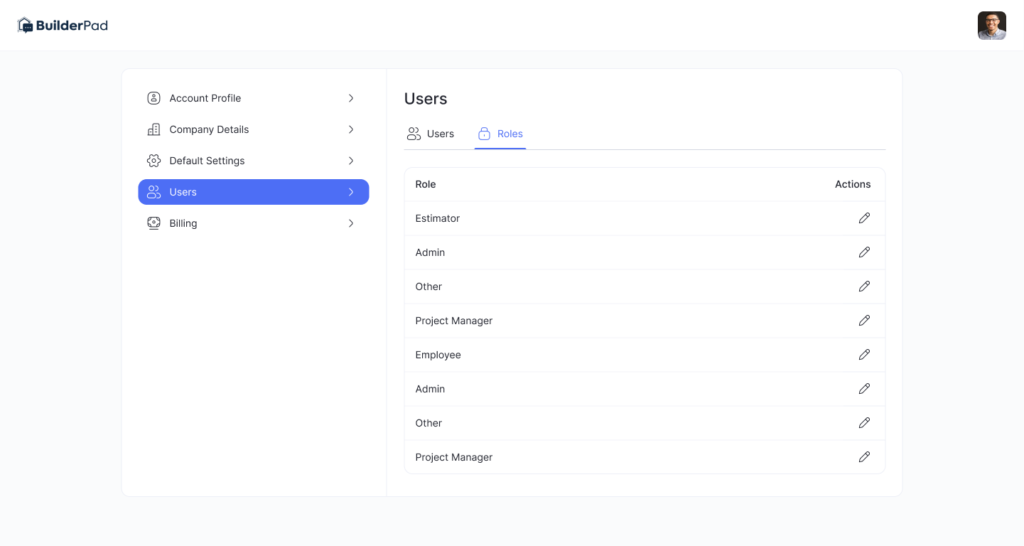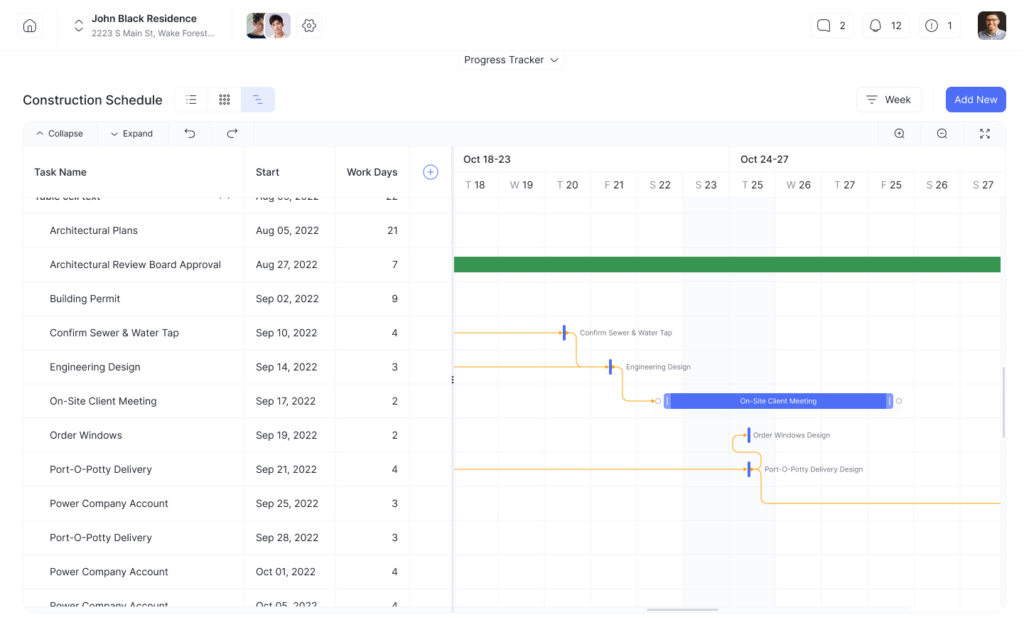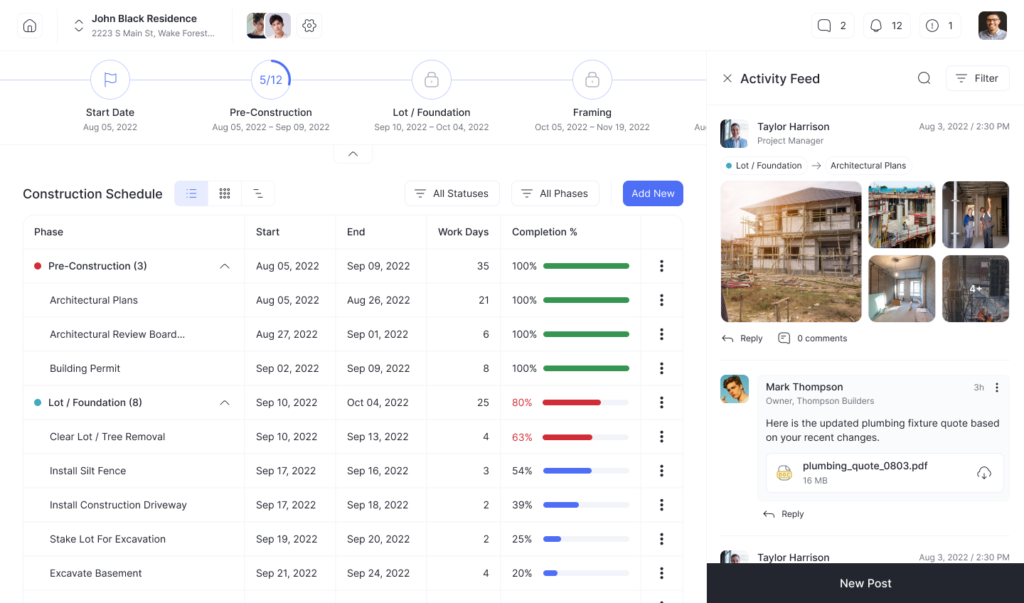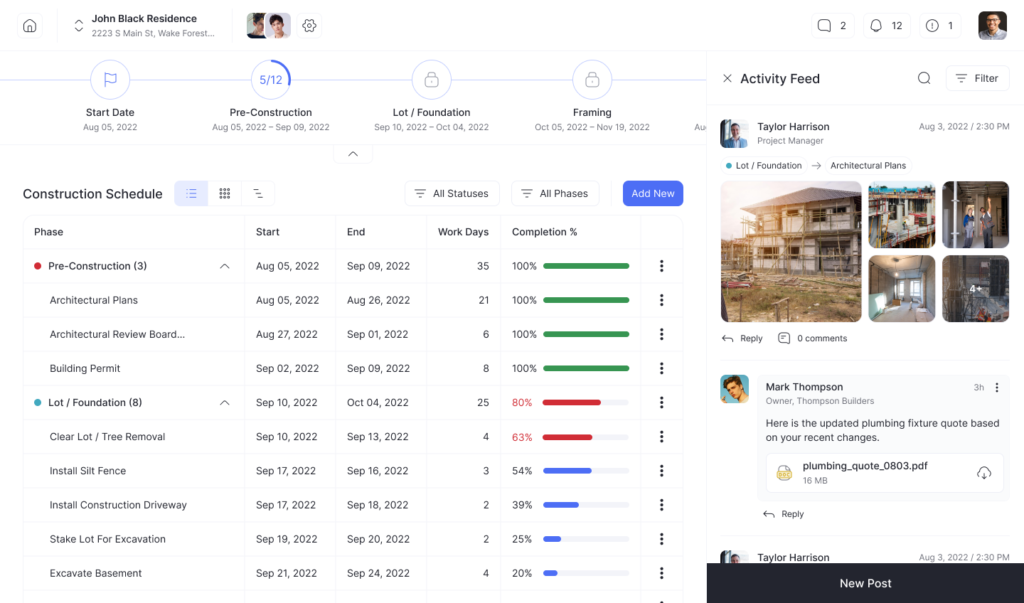The real estate market is akin to shifting sands – always on the move, sometimes subtly and at other times, dramatically.
For those in the construction industry, these shifts aren’t just indicators of when to brace for impact but are also signals for opportunities to innovate and adapt.
Understanding and adjusting to these market changes is crucial for long-term success and stability.
Construction professionals must keep a close eye on market indicators and be ready to make changes to their business strategies and operations.
This adaptability and foresight will allow them to stay competitive.
Identifying Market Shifts

Market shifts in real estate can be triggered by a variety of factors such as economic cycles, interest rates, consumer trends, technological advancements, and even unexpected global events like a pandemic.
These shifts can affect not only property values but also the demand for new construction, types of projects that are in demand, and the availability of materials and labor.
By carefully analyzing data on economic factors, demographics, and industry trends, construction firms can spot warning signs of impending shifts. They should also talk to clients, suppliers, and other stakeholders to get on-the-ground insights.
Economic Cycles and Interest Rates
During a booming economy, demand for new construction typically rises, while an economic downturn can lead to a decline. Similarly, low interest rates usually encourage new projects and construction because borrowing is cheaper, and conversely, high rates can dampen growth.
Construction companies must routinely evaluate leading economic indicators, such as GDP growth, unemployment rates, and interest rate changes, to determine if the market is heating up or cooling down. This will allow them to plan accordingly.
Consumer Trends
Demographics and lifestyle changes can significantly affect the types of properties in demand. For example, a surge in remote work can increase the need for home offices, thus influencing home design and construction.
Firms should regularly survey consumer preferences and expectations to spot shifts. They can then adjust their project types and designs to align with emerging needs.
Technological Advancements
The adoption of new technologies can lead to changes in construction methods, such as the use of prefabricated materials or 3D printing, which can revolutionize the industry and shift the market.
Construction professionals must stay up-to-date on technological innovations by attending industry events and reading trade publications. Piloting new technologies can help firms determine if adopting them would improve productivity or meet changing client demands.
Global Events
Events like the COVID-19 pandemic can cause sudden and unpredictable changes, forcing the construction industry to quickly adapt to new regulations, safety protocols, and shifts in market demand.
When major global events occur, construction executives need to promptly assess the impacts and implications for their firm and projects. They should be ready to modify business continuity plans and operations to align with new realities.
Adjusting to Market Changes Staying Informed

Staying abreast of real estate trends, economic indicators, and regulatory changes is crucial. Professionals should invest time in reading industry reports, attending webinars, and participating in professional networks to anticipate shifts before they happen.
Setting up news alerts and designating personnel to monitor key indicators can help ensure firms don’t get caught off guard by market changes.
Diversification
One key strategy for dealing with market shifts is diversification—both in terms of the services offered and the markets served. If one sector is experiencing a downturn, another might be on the upswing.
Companies that are not solely reliant on one type of construction (e.g., residential or commercial) can weather market fluctuations more effectively. Construction businesses should regularly evaluate their project mix and service offerings to ensure adequate diversification.
Expanding into new geographical markets can also help smooth out volatility.
Flexibility in Planning
Construction projects often have long timelines, so flexibility is essential. This could mean adjusting project scopes, using materials that are more readily available, or even postponing certain projects when necessary.

Build contingency plans into budgets, timelines and resource allocations to allow for quick adjustments if needed. Be ready to fast-track or downgrade projects depending on market forces.
Embracing Technology
Adopting new technologies can provide a competitive edge. From construction management software to advanced construction techniques, staying at the forefront of technology can lead to cost savings and efficiency gains.
Dedicate R&D funds to pilot emerging technologies before competitors. Offer training to help employees continuously update their technical skills and knowledge.
Workforce Development
Investing in the workforce is another vital area. Skilled labor is often in short supply during market upturns, so providing training and retaining talent can position a company well for when demand increases.
Create robust recruitment pipelines and provide skills training to cultivate talent before you need it. Foster an engaging work culture to retain top performers, even amidst market fluctuations.
Sustainable Practices
There’s a growing trend towards sustainability in construction. Building practices that reduce environmental impact can not only appeal to a market increasingly concerned with green living but can also lead to long-term cost savings.
Seek LEED and other green certifications to demonstrate commitment to sustainability. Use eco-friendly materials and clean energy whenever possible as a competitive differentiator.
The Way Forward Construction

Companies that are quick to adapt to market shifts can not only survive but thrive. It’s about being proactive rather than reactive. Companies that view change as an opportunity for growth will set the standard in the industry.
They will lead by example, through innovation, strategic planning, and a commitment to excellence, regardless of the direction in which the market winds blow. Successful firms will embed agility into their culture and operations to thrive amidst constant change.
They will also make farsighted investments to future-proof their business against shifting real estate winds.
The key to keeping up with real estate market shifts in construction is a combination of vigilance, versatility, and vision.
By being attuned to the heartbeat of the market and ready to pivot when necessary, construction businesses can not only navigate but also capitalize on the changes, ensuring their growth and relevance in an ever-evolving industry.
With the right strategies and mindset focused on adaptability, construction companies can ride the market’s waves rather than being swept away by them.
Key takeaways:
- The real estate market is constantly shifting due to factors like economic cycles, interest rates, consumer trends, technology, and global events. Construction firms must stay on top of these market shifts.
- Identifying impending market changes early is crucial. Firms should analyze leading indicators, survey consumers, talk to stakeholders, and monitor industry news.
- When the economy is strong, construction demand typically rises. Low interest rates also spur building. Firms should plan for fluctuations.
- Consumer preferences evolve over time. Construction companies must adapt their project types and designs to align with emerging demographic and lifestyle needs.
- Adopting new technologies can give firms a competitive advantage through increased productivity and alignment with client demands. Piloting innovations helps determine their viability.
- Major events like COVID-19 can suddenly disrupt operations. Firms need business continuity plans to quickly adapt.
- Diversification of project types and locations helps smooth volatility. Building contingency into plans allows for flexibility when shifts occur.
- Investing in workforce training and engagement ensures construction firms have talent ready when market demand increases.
- Sustainable building practices appeal to eco-minded markets and can reduce costs over the long term.
- Adaptable firms that view change as an opportunity will thrive. They embed agility into their culture and make investments to future-proof their business.















































